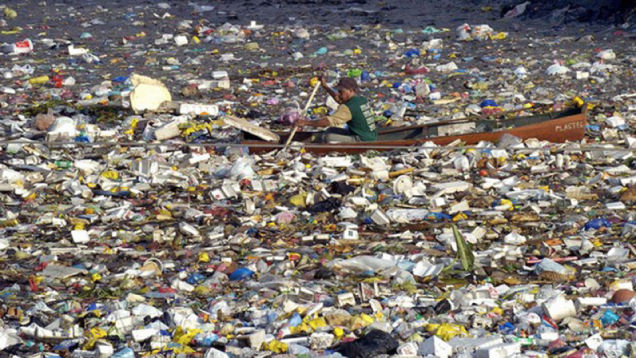Marine biology info
The Deep Unknown
28/06/2016 22:47The deep sea climate is split into three general areas. Each climate is fairly stable.
The three zone are:
-
Bathypelagic zone
-
Abyssopelagic zone/Abyssal zone
-
Hadalpelagic zone
The Bathypelagic zone is the area where no light will reach and temperatures are usually around 5 or 6 °C. The Abyssopelagic zone darker and colder than the Bathypelagic zone, normally temperatures are at 4°C. The last zone, the hadalpelagic zone, is the the darkest and has a constant temperature of 2°C. There is very little disturbance to the ecosystem in this region because any movement from above to is too far away to impact so water is very still. Salinity in this zone is high because it is where the salt settles.
The climate in these regions are only affected by their depth, there is no seasonal variation or between night and day. This is because it it so deep down it is not affected by the tilt of the earth which is what creates seasonal variation on land.
It is a marine environment so obviously there is no rainfall.
Limiting factors include:
-No light
-Low temperatures
-High salinity levels
-Low levels of nutrient available
-Extremely high pressure
-Amount of dissolved oxygen
All of the factors mean that no plants can grown and only highly adapted organisms can survive in this environment.
Due to its very hostile environment and extreme depth, there is little human activity or presence in this biome. It is a very inaccessible biome and very little is known about it. The pressure is far too great for humans and no light means it’s hard to explore. The costs needed in order to use the technology required for great depths is immense. Deep oceans are the biomes humans know the least about.
Even though human impact is minimal in this biome, we have such a great negative impact that even the deep ocean will experience secondary effects as well from our disturbance
Things that currently threaten the deep sea are:
-Bottom trawling - the greatest threat to deep sea ecosystems.
-Overfishing - deep sea creatures grow slowly and do not reach sexaul maturity for many years and are highly adapted to their environment
-Mineral exploitation
-Pollution
-Climate change
Distribution:
Over 60% of the earth’s surface is deep sea (more than a mile deep (1000m))
Structure: Abiotic / Biotic / Conditions / Animal and Plant life
Animal life:
-Completely different appearances / make up of animals
-Often fish and phytoplankton are ‘bioluminescent’ meaning they produce their own light
-Top of the food chain: giant squid /
-Very few, highly adapted species
-Extreme high pressure
-Not light (with the exception of bioluminescence
-Temperatures below 6°C
-Hostile conditions
-No plant life because no photosynthesis can occur due to lack of light
The deep sea is an aspect of marine biology that fascinates me. The idea that such vast unknown exists below the surface, the highly adapted species that survive in these hostile environments (shown below), and the fact that there are organisms so different from anything we have ever seen before, along with many other things are what intrigue me so much. The fact that the ocean is so undiscovered and there is so much we do not know is frustrating on the one hand but on the other it also brings me a certain pleasure. A happiness in the idea that us as humans who think we know so much and can control so much, actually know so little and may never be able to discover certain things, because we are just not that powerful. At the end of the day, in my opninion, nature concurs all.
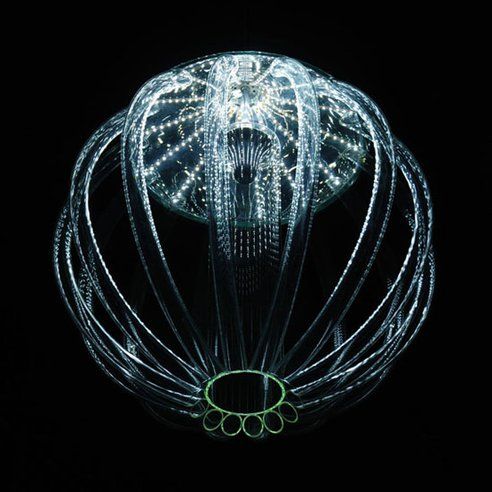

Bibliography
Aquariums - a change in opinion
28/06/2016 12:26In an article I wrote 2 years ago I talked about aquariums and what I thought about them. I read over it and realised my opinion and changed a lot since then.
I wrote that although aquariums are bad, there are positive sides and I thought they could be good. However, I do not think that anymore. Obviously, there are positive sides to aquariums. They can provide a good learning experience and allow people to see things they would otherwise not be able to see. However, the negatives outweigh the positives by a long way. Aquariums for me count as animal cruelty, same goes for zoos. There are so many things wrong with them I do not even know where to begin.
Firstly, the animals are kept in such small confinement, especially in the case of aquariums. Keeping animals such as sharks, dolphins, killer whales etc in a tank is the equivalent to us living in a cardboard box. Sharks can only survive if they are moving, when they swim water flows through their gills and this is how they survive. Killer whales can travel hundreds if kilometres in a day in the wild and same goes for whales. I did a research paper on killer whales not long ago and what I found was that if a killer whale in an aquarium was to swim the distance it should in the wild, it would have to swim 1,208 laps around the tank.
On top of not living in their natural environment, they do not behave naturally either. Wild animals fend and hunt for themselves however in zoos and aquariums they do not. This means this part of them will never develop and they are not living up to the potential they are supposed to.
Physical animal cruelty also takes place. Often in zoos or aquariums shows take place and the animals participating are often violently abused when training. This leads to my next main point and that is animal rights. Not only do all the things listed above go against their rights, but we are abusing them emotionally and physically as well. Animal lives should not be regarded as less important and this is what I find most important. If we are deliberately keeping them in these conditions, then what does that make us? Just because animals do not have to same brains as us does not give us the right to put less value on their life or quality of living.
Being in these conditions causes stress on the animals. Killer whales become violent and will even purposely harm them selves or others. Terrible behaviours such as grinding their teeth on the walls, swimming into walls and anxiety have been found in ‘domesticated’ orcas. Animals have also proven the be violent towards humans. So if the animal’s life is not reason enough to stop this cruelty, then maybe the life of a human is instead. Trainers and zoo keepers have died on many occasions and instead of learning from this experience and stopping the capturing of these animals, they kill the animal responsible and get another to replace it. In what world is that right?
This is my main problem with what we do - we carry out these actions, knowing the consequences and yet for our own selfish reasons we do it anyways.
Coral Bleaching
28/06/2016 12:15Coral bleaching is believed to be the process by which coral become stressed from surrounding change in conditions therefore losing their colour. However, it is slightly more complex than that.
What most people do not know is that coral is not actually a plant and so on its own it cannot function. Coral’s contain a plant within them called algae (zooxanthellae), which gives it not only its food, but its colour as well. Algae is a producer, it takes energy from sunlight and through the process of photosynthesis converts it into oxygen and glucose. This therefore provides the coral with food.
Coral and algae work in a symbiotic or mutualistic relationship. This means they both benefit from each other. Coral obtains food from the producing algae, while the algae finds protection and safety from the coral skeleton. The reason why coral can be many different colours is purely down to the type of algae they are home to. When there are no algae present the skeleton of the coral is revealed, and this is transparent but comes across as white hence the term coral bleaching.
When a coral becomes stressed it will expel the algae and it will eventually take another back in if conditions stabilize, or it will die. The reason for why coral does this is still unknown however the causes are not. Currently, the main reason for coral bleaching is believed to be a rise in water temperature however any disturbance in abiotic conditions can cause stress on coral. Coral is very sensitive and the smallest change in the abiotic environment can have a large impact. As mentioned before, if conditions stabilize then the coral may be able to take another alga, however when it comes to temperatures, they are not stabilizing, only increasing so therefore masses of coral are dying out at an alarmingly fast rate.

Above is am imaged showing bleached coral.
Below is a picture of health coral – an important note to add is that when I was looking for picture of colourful coral I had to search ‘healthy coral’ rather than just ‘coral’ this shows the point of destruction that we have reached.
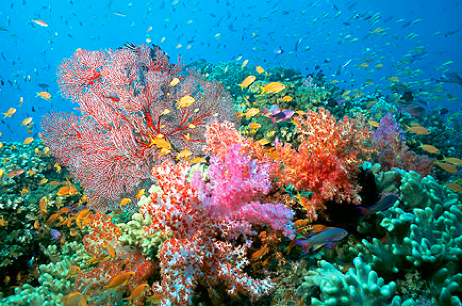
Coral bleaching not only means we lose some of the most beautiful sights on Earth, but we lose life. We lose coral, algae and all the fish dependant upon it. The whole thing is a delicate system and this is main problem with any disturbance. It will not just have an affect on the one thing you are damaging, but the tens of other things dependant on it for survival. Once the knock on effect impacts one thing, it spirals downwards negatively effecting many other systems and food chains.
What can be done?
When it comes to coral reefs, the future does not look good. Most people believe that the damage that has been done has now gotten to a point a being irreversible. However, nothing is certain and all efforts help.
First of all, another reason for coral bleaching and death is sediment smothering. Sand and sediment can suffocate coral if it is in excess. Coral is adapted to this and has small tentacle like extensions that push sediment always from the ‘mouth’. However, it is not adapted for sediment in excess and if divers are kicking at the sand it will swarm around the coral and suffocate it. So educating tourist is an important part of helping with coral bleaching and destruction.
One important thing that is so easy to do but not carried out it is basic respect. It is so easy to not cause that damage if you take precautions. This needs to be taught to tourists in order to minimize damage to the reef.
Things need to change, and fast. If we as humans do not take the responsibility of taking care of our home the way we should, then we only have us to blame when it all goes bad. The way things are looking now, that is the direction we are headed if we do not make significant changes now.
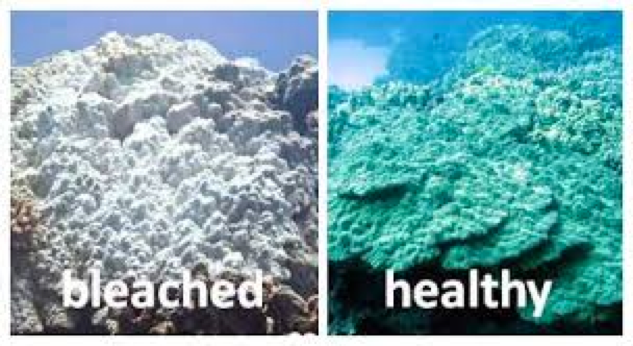
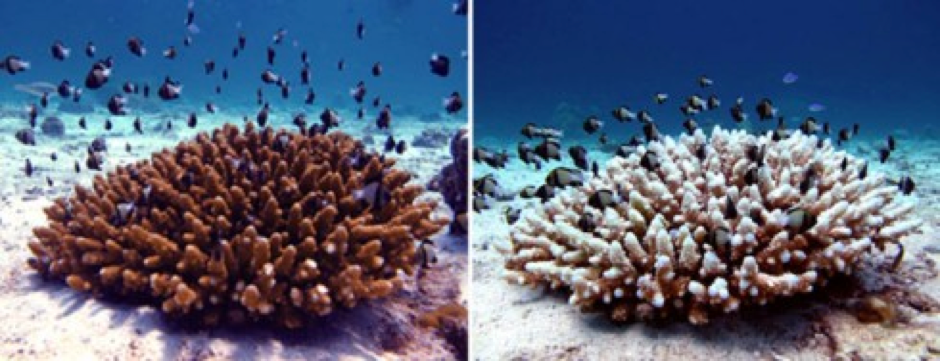
https://lantaoldtown.com/things-to-do/ko-cheuak-closed-due-to-coral-bleaching
Humpback Whales
02/08/2014 19:38This month, I wanted to write about humpback whales because I find them amazing creatures and they are definitely one of my favourite marine animals. To start off, let me tell you a bit about them, and their past.
.jpg)
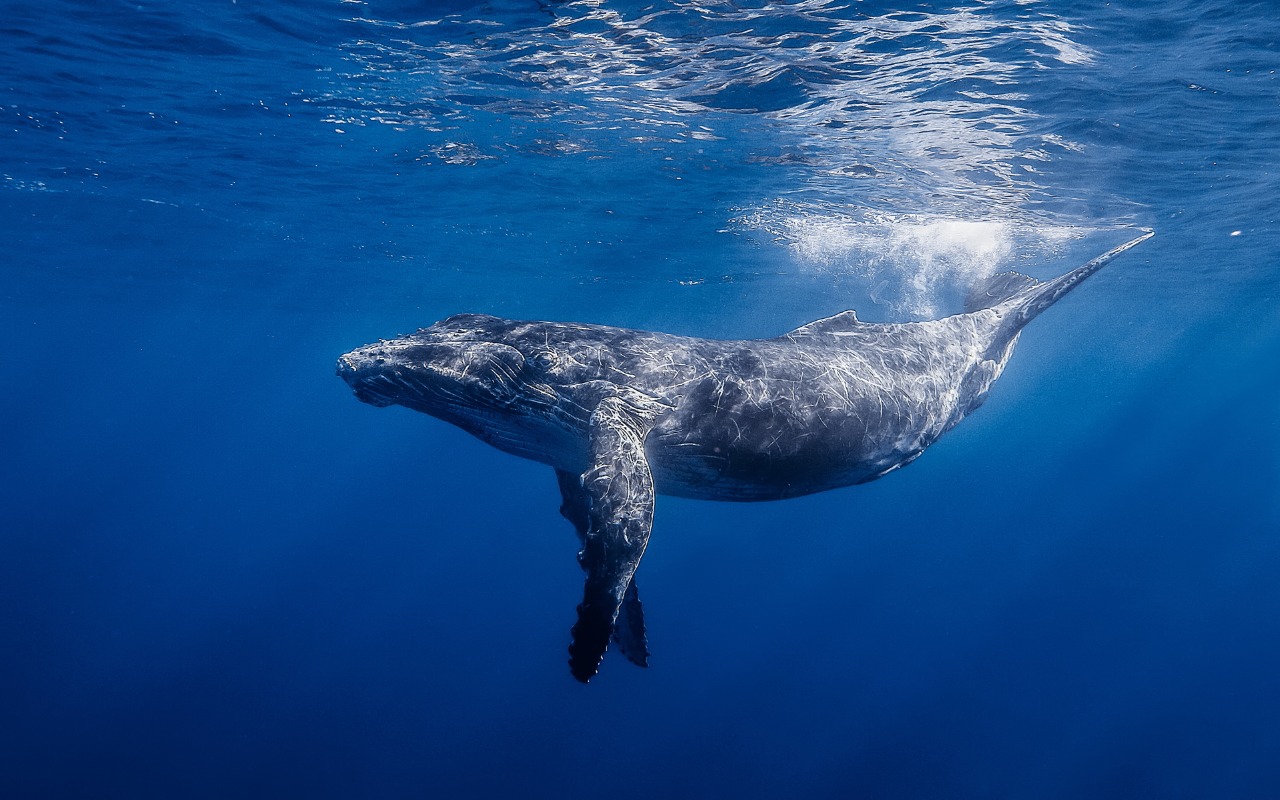
.jpg)
About Humpbacks
· They can grow to 12-16m long
· They can weigh up to 36000 kilograms
· They have unusually long pectoral fins
· Life span of 50 years
· Humpbacks feed primarily in the summer and live off fat reserves during the winter.
One thing that may make humpback whales appealing other than their true beauty is that they are not too shy of human contact. The picture below is one of my all time favourite pictures. It shows a humpback whale with a diver and it seems that they are almost dancing together. Diver have been known to say that whenever they are in the water with them, you feel a certain connection, an appreciation of one another which is not something you get with many other large species like this.
.jpg)
Humpback whales were one of the highly hunted species when whaling was legal and so they had a very sudden decline in population which they are still struggling to regain. Currently there are about 80,000 humpback whales who although are not being hunted anymore are still suffering from boat collisions, entanglement in fishing gear, noise pollution and water pollution continue to threaten this species of whale along with many others.
One of the very many things I find fascinating about humpback whales is their feeding method. Scientists have called this the bubble-net feeding or lobtail feeding. This consists of a group of whales circling a group of fish, krill or other and blowing out bubbles forming a ring shape around the group. This confuses them and sets them all together in a tight group in the middle if the bubble net. The whales then swim underneath the confused fish and dive upwards with their mouths wide open catching tonnes of fish in the process. The picture below demonstrates this process.
.jpg)
.jpg)
.jpg)
.jpg)
Another amazing thing about humpback whales is that there are also very rare albino humpback whales. There is only one or two known to be living. They are beautiful creatures but because they were massively hunted there was no way for them to make it. They cannot reproduce at the same rate as they were being killed off. If there is only one or two left then they will very soon be completely extinct.
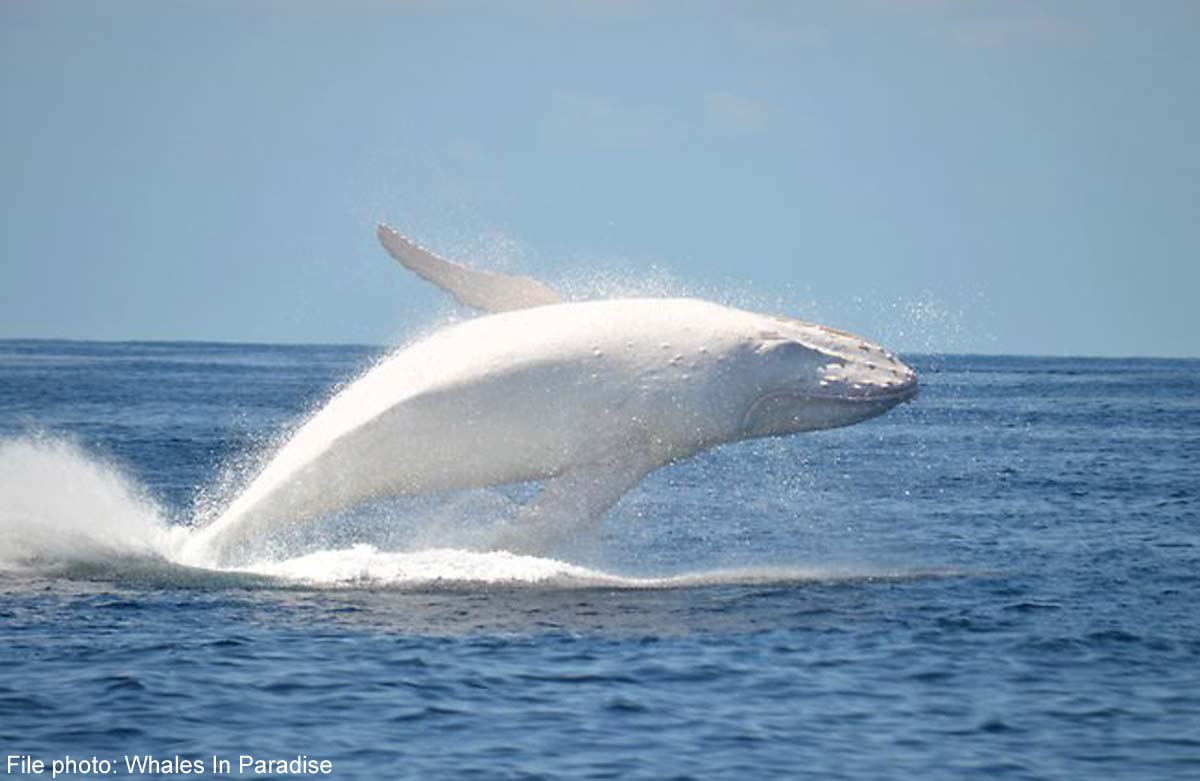
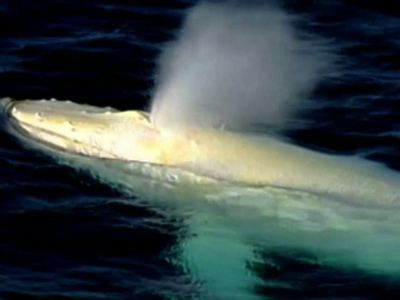
Water pollution- Part 1
26/07/2014 18:35Water pollution is the main factor for the oceans serious decline in health. The amount that we polluted the water is unbelievable and it’s a major problem. The problem we have now is the damage that has been done is getting to the point of being irreversible.
The pollution affects all aspects of the ocean, from the very bottom of the ocean floor, all the animals in it, the water itself and us. The pollution we have created has become so large scale that there is an official island of rubbish floating in the currents of the ocean. It is called the great pacific garbage patch and it is almost twice the size of Texas. Twice the area of Texas worth of rubbish is floating in our oceans, and most of it is non-biodegradable which means it will never decompose, only break into smaller pieces.
A couple interesting facts –
· By 2050, 95% of seabirds will have plastic in their gut
· 14 billion pounds of garbage are dumped into the ocean every year. Most of it is plastic.
· Over 1 million seabirds and 100,000 sea mammals are killed by pollution every year.
· Approximately 40% of the lakes in America are too polluted for fishing, aquatic life, or swimming.
· Americans make up an estimated 5% of the world’s population. However, the US produces an estimated 30% of the world’s waste and uses 25% of the world’s resources.
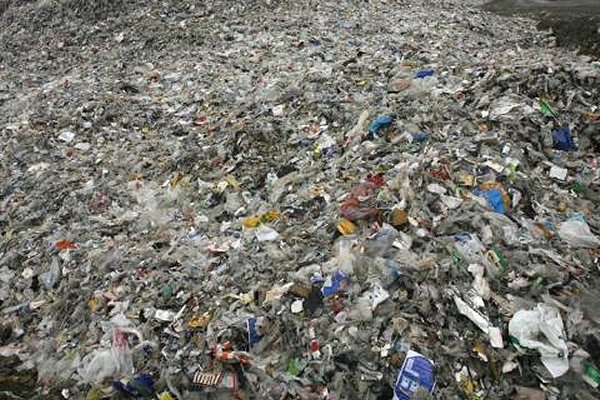
During the summer my family and I went on a holiday to Spain, we went to the beach one day and I had to jump in the water five times to take out a plastic bag or some kind of rubbish that was floating in the water. I feel that if everybody just did a small thing like that every day the oceans could become a lot cleaner very quickly. It does not take much effort to just walk into the water grab it and put it in the bin.
Everyone needs to do a little more to help, recycle more, buy things with less packaging etc.. These are all fairly small and easy things but they do and will make a massive difference if everyone contributes.
